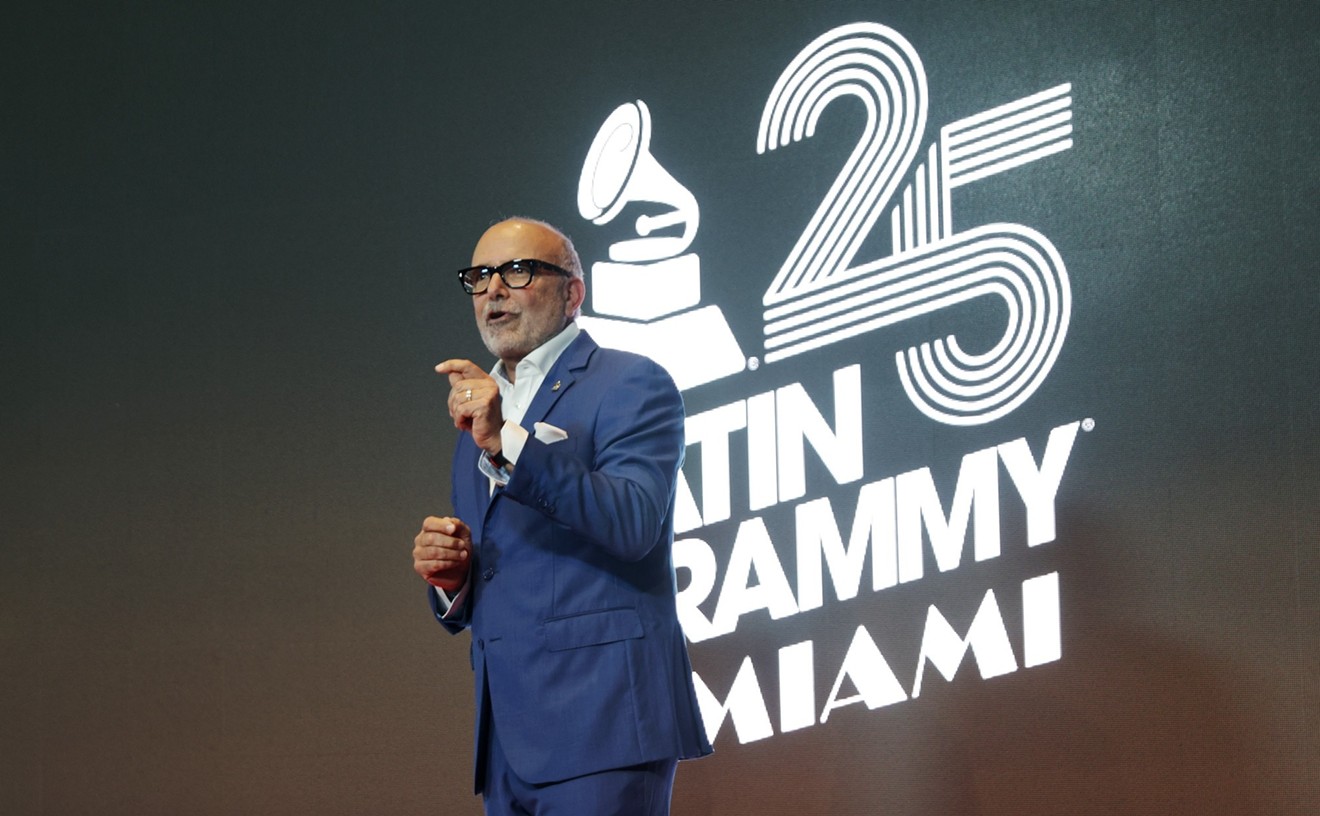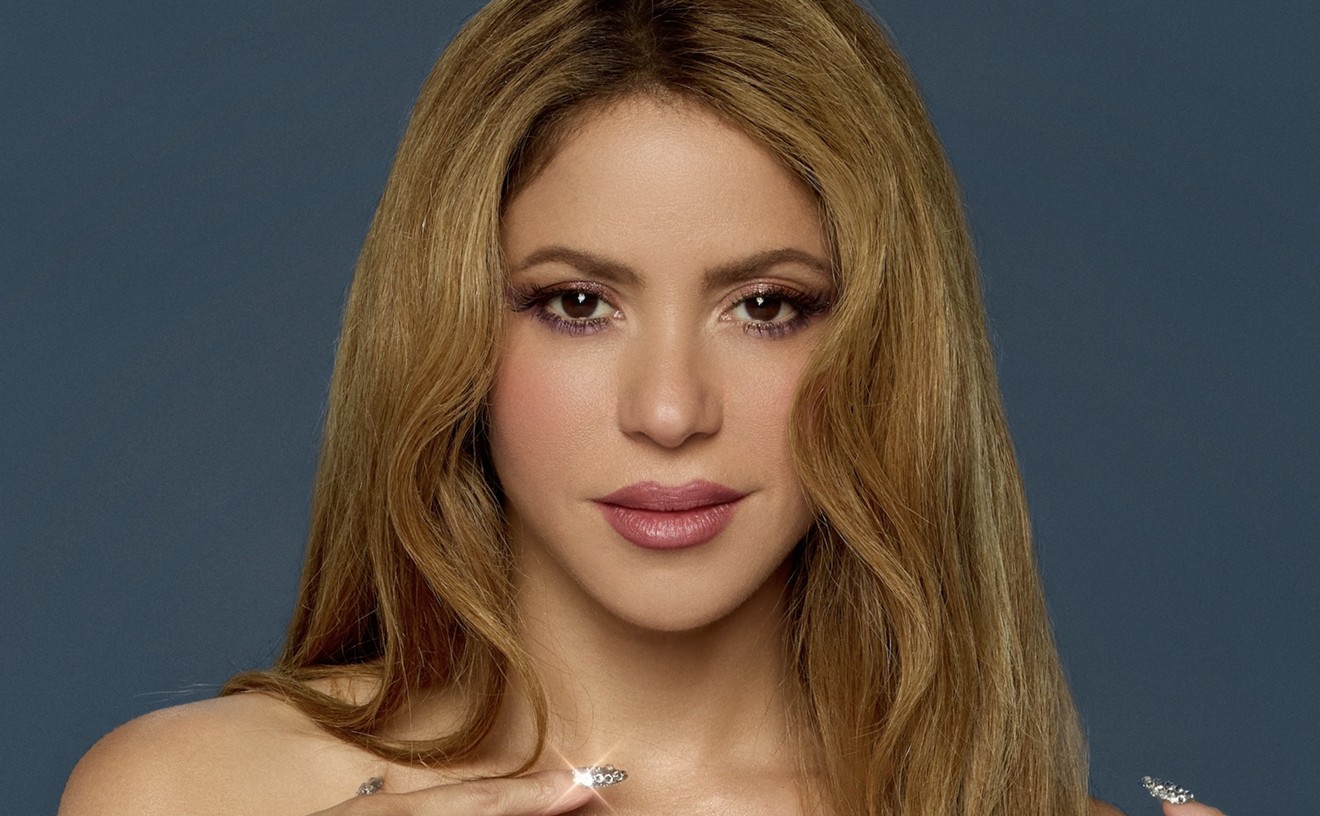Not unlike a kaleidoscope, the bulk of the album is vast in scope and polychromatic in sound. Listen to the album either on headphones, alone, perhaps near a body of water, or dancing with your eyes closed somewhere with strobe lights. The album's hip-hop base proves a sturdy foundation for layered samples, glitchy magic, and what we described as "epic near-collapse[s]" throughout. Sarasota (by way of Boynton)-based Michael Floering knows a thing or two about the construction and deconstruction of tracks like these and was kind enough to discuss his process and aesthetic with us in lovely detail.
Michael Floering: I grew up with an affinity for Legos, videogames, and computers. Come seventh grade, I'd gotten bored enough to start grabbing a lot of software, so I wound up getting a demo of FL Studio [formerly known as Fruity Loops]. By tenth grade, I'd started getting into hip-hop shit and trying to emulate it using that program. I even fucked with rapping for a couple of years. Later in high school, I was deep into underground hip-hop in that angsty way that bedroom listeners can get -- all caught up with worries about what constituted "real" hip-hop and where the mainstream shit was headed. My weird fixation with the matter -- as catalyzed by high school anguish -- got me working away in FL. I didn't really know much about hip-hop back then, actually, but nonetheless, I was trying to grapple with the techniques of a lot of legends.
So I started working that way more often. I think way too much, so I became possessed with many visions for the project, and in 2010 (up until the release) I was going all-in on it. Upon deciding to put out a small EP, I realized I had like 35 new tracks after six, seven months. So Sea Things came out of a series of surprises, really, but I quickly became certain of the vision for the project.
After being into hip-hop, you moved onto drone and then more danceable stuff, and you can hear the elements of both in your album. Do you think hip-hop, and your former emulation of it, still guides you at all? I can't resist making a Flying Lotus comparison to some of your stuff, albeit the flow is rather different.
It's weird talking about how much hip-hop guides or influences me because of how un-hip-hop it'd be to be totally "on the nose" about it. No mistake on the Flying Lotus connection -- he really changed people's thinking about what constitutes a software musician. I mentioned that I stopped emulating those hip-hop acts, but by no means did I stop listening to them. To this day, the acts that influence me the most are pretty much all "hip-hop" artists -- at least, as a lowest common denominator between them.
But speaking of CA: More than FlyLo, there are two producers that have been primary influences on the Sea Things project -- Ras G and Madlib. Never mere emulation, but those two are visionaries -- of different crafts, surely, but what they have in common is the sincerity with which they approach their craft. Masters, really. But it's hard to say much about their music that their music doesn't already incarnate; you just gotta listen to it. A lot.
You've also got a dense set of material, and you were working with a bunch of different genres before you made See Thangs. All that material, those other ideas -- are they going to be reworked into another project? You mentioned some of your drone stuff will be a side project eventually, but can you elaborate on your vision overall?
As far as the vision for Sea Things specifically: If I could say it, I probably would, and I'd probably spend a lot less time making music. I can maybe tag some concerns: Yes, artifice/absorption but always sincerity/craft. How to construct bewilderment if you are wary of that word transcendence? I seek the fantastic -- a close friend calls it the sense of wonder -- but I do not want to abandon the immediate or worldly... The challenge is moreover how to make music that feels like having your feet two inches off the ground while keeping it down to Earth. And of course, I can't forget to mention that I love a bad joke.
Everything on See Thangs does purvey a sense of wonder; it's pretty fantastical. Could you describe, in a practical sense, one of your own song-making sessions? Because your tracks have a kind of magical realism thing going on, I'm wondering what sort of headspace you get into when you make your tracks. You're not writing lyrics, but you're constructing something similar.
Hmmm... It's a different headspace than when I'm not making tracks. I definitely love it. It's kind of defined by the process for me. I keep the loops going, continuing to tweak them for really long sessions, very often for hours. Playing things back a lot is maybe sensible when you're making beats, but I definitely go overboard and really get on my roommates' nerves sometimes! I have to treat each song like this. Because as much as I have fun finding new sounds and so on, I can't assume that other folks want to hear these sounds more than once or twice.
So there's a sort of test... As the loop keeps repeating, it starts getting drained of the novelty or effect it first had on me. But rather than calling it a day, I try to modify or augment the material, and so to revitalize it. (Then repeat and repeat and repeat.) The headspace that puts me in can become a pretty frantic one, but it is just as often one I really enjoy. When I'm in the lab, it's usually not very cerebral for me -- but then, I don't want to capture emotions either -- nor is it about showing off nor expressing my personality. It's more hypnotic than anything. A lot of movement by accident. After the songs leave the lab, it seems like they keep this imprint on them. If nothing else, it can help with the replay value.
The way you record is absolutely reflected in the way one ends up hearing and interpreting the songs. You can sense the "movement by accident." Do you hope for the listener to have this kind of hypnotic, free-moving experience? I ask this knowing it is a slightly unfair question, since some artists or musicians don't really have a goal for the person who hears or sees their work.
I definitely have the listener's experience in mind throughout. Yet I really don't know what other people's experience of the music is like. I ask folks what they think about the music while I'm working on it, but I can't anticipate what they say about it. I certainly hope the sounds interest the attention of the listener, and I hope that attention can approach the sounds from many angles.
The aforementioned "text-sound-art epics" -- assuming they're not completely under wraps, what else can you say about them?
That side project -- I guess "text-sound art" isn't exactly the right term, but just "sound-art" isn't either. My best point of reference would be the first inspiration for it -- which was Luciano Berio's "Thema." Sea Things is still the main gig though.
Have you performed live yet? I'm curious about how this music translates to a live show and what it's like actually performing your work. I also want to know about its technicality -- what is your setup like?
Unfortunately, Sea Things is a really low-budget project! I've been saving up for portable equipment, but I haven't put together my complete setup. I've been practicing my sets a lot, in the lab. The shows will wind up being DJ sets really -- but I plan on crafting new takes on my own songs, as well as songs by other musicians, during the sets. I know that I don't want to just press play or any of that shit. If I wanted to do that, I could be performing already. I don't have a problem with that schematic, but I'd get so bored! I think I'll be up and running before 2011 is out. And I've been playing with some visual stuff on occasion, so there's a good chance the performances will have some projection shit going on, as soon as I can get ahold of a projector, at least.
Follow County Grind on Facebook and Twitter: @CountyGrind.










